Design, the most conspicuously visible medium for expression across history, is hardly ever devoid of symbolism. Factors that adjourn normal life and force introspection, discussion and demand for action always find representation in some kind of tangible or intangible design, documenting hence the happenings and mishappenings through time. From pressing political and social movements to emancipatory struggles, severe health crises, endemic and pandemics to complex civil structures that spark protracted agitations and debates, design and art fossilise emotions that cast a shadow over each of these for eternity. For a mode of assertion that has continually managed to stay relevant, design cannot not channel one of the greatest challenges of our time: climate change. Amongst the various expositions, performance arts, paintings, sculptural works, utilitarian objects and digital designs that have attempted to either present a solution to this crisis or draw attention to it, is an ongoing exhibition at the Stedelijk museum in Amsterdam, Netherlands. Dubbed Our F***ing Backyard, it makes no attempt to conceal the outrage that one ought to feel against the sheer apathy extended for these conditions.
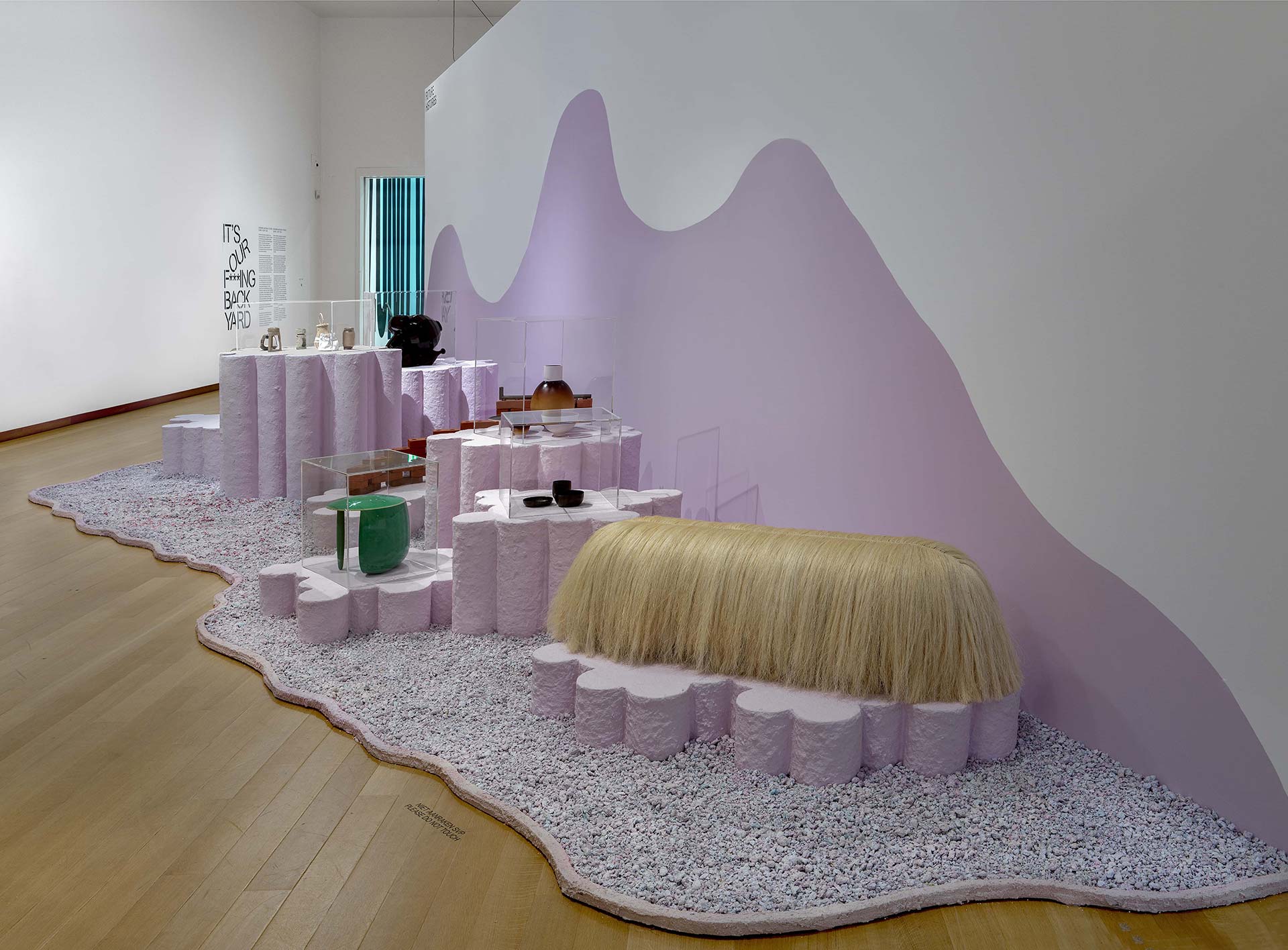
“Designers are increasingly drawing on their creativity to address social, political and environmental issues. Their innovative approaches encourage us to rethink ways of using materials so that we reduce our impact on the planet—designers look beyond current technology, and show us ways in which we can produce and consume better and pollute less,” says Rein Wolfs, director of the Stedelijk Museum comments on the exhibition which runs until 4 September 2022 and exhibits objects by artists, designers and architects such as David Adjaye, FormaFantasma, Marjan van Aubel, and Space Available.
The exhibition's many artworks and items demonstrate how important it is for designers and artists to challenge normative frameworks or, at the very least, to elicit thought. Through their designs, they manage to revive ‘forgotten’ knowledge which opens up the scope for designing a future that is resilient and comfortable, and aesthetic and accessible. The utilitarian objects dotting the museum are a result of experimental and innovative use of materials, meant to showcase sustainable alternatives as well as to inspire visitors to envision more such creations.
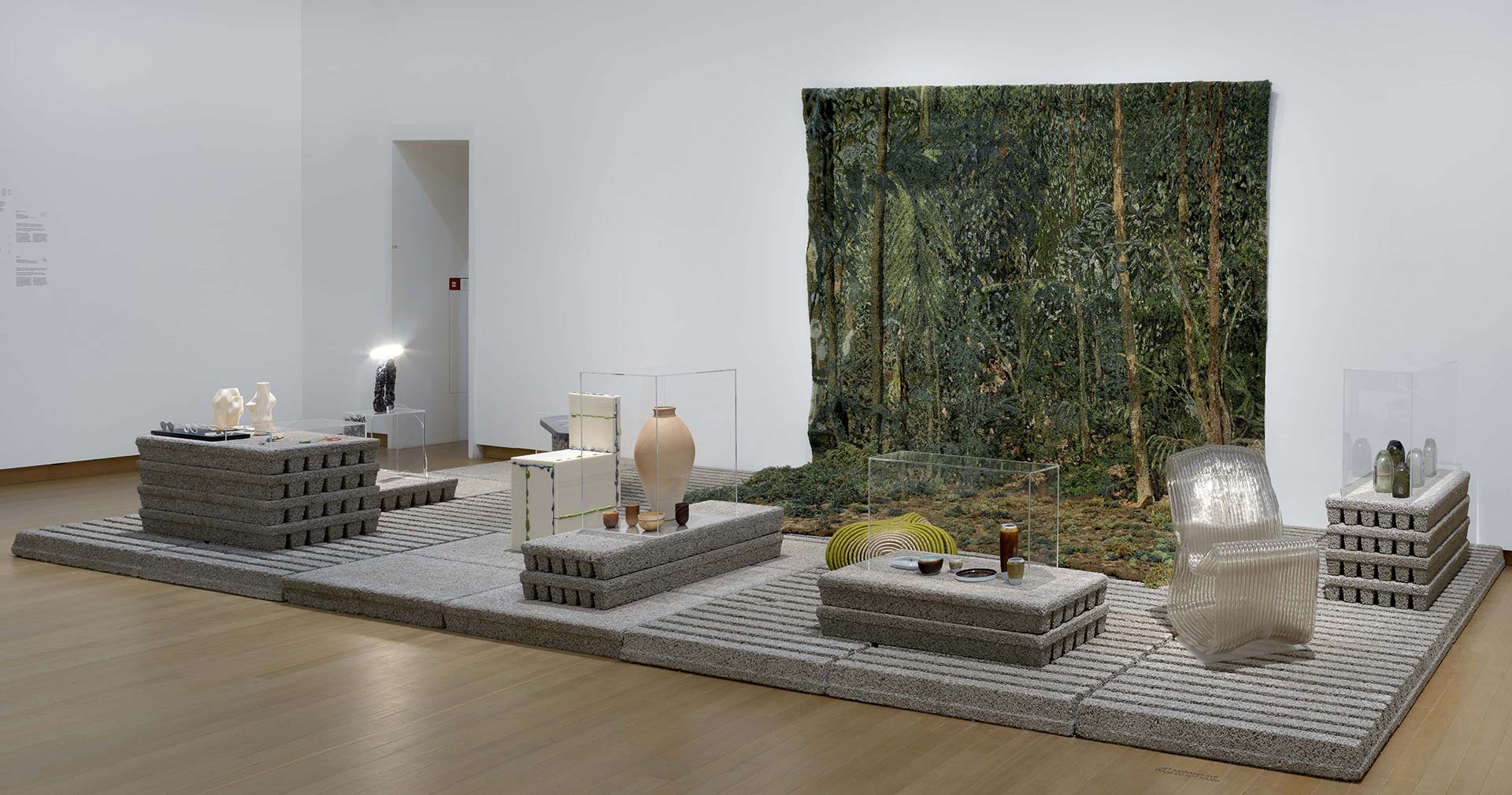
“The first global climate strike in 2018 reflected a growing awareness that we need to change our way of life. After small-scale initiatives at the end of the last century, more and more is happening in the world of design. This exhibition shows how, through creative practices, makers and manufacturers can provide a host of new possibilities, and how consumers can play their part through the choices they make. Climate change concerns us all—it’s happening in our own backyard,” say Amanda Pinatih and Ingeborg de Roode, curators of the exhibition.
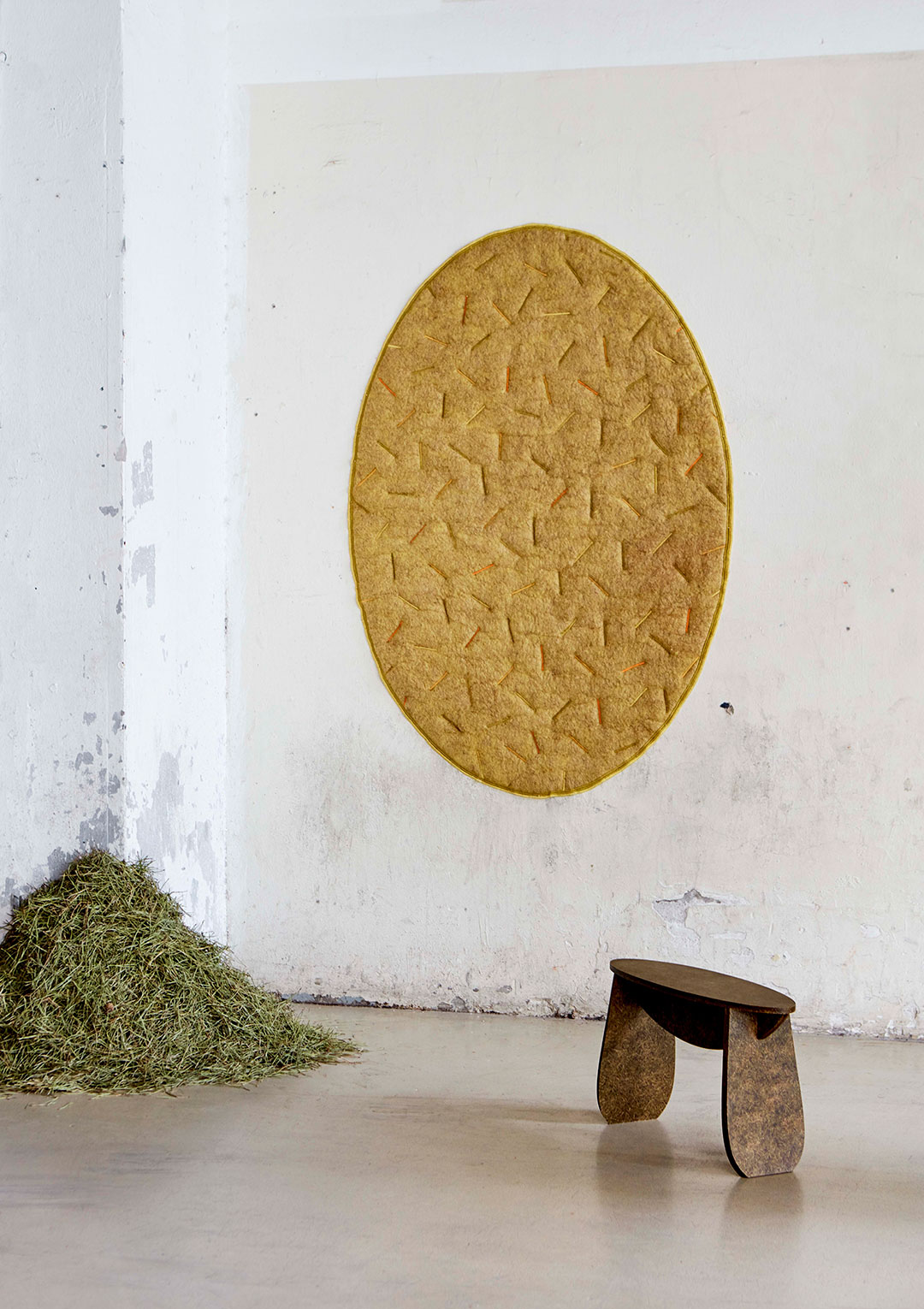
This process of enlisting and understanding the factors that have resulted in a non-sustainable world also reveal harm done as a consequence of damaging activities practised under colonialism. The destruction of trees, exploitation of other natural entities and the appropriation of land: these are a few examples of the acts that colonisers performed. The result is a loss of major chunks of green land, extinction of various species and soil degradation and depletion, amongst other things. When we sit down and analyse the structures that allowed such acts, we realise that they emerge as a consequence of power imbalances, which arose several centuries prior and continue to dominate our society today. While the villains of yesteryear were colonisers, this role is now carried forward by autocratic governments or multinational companies.
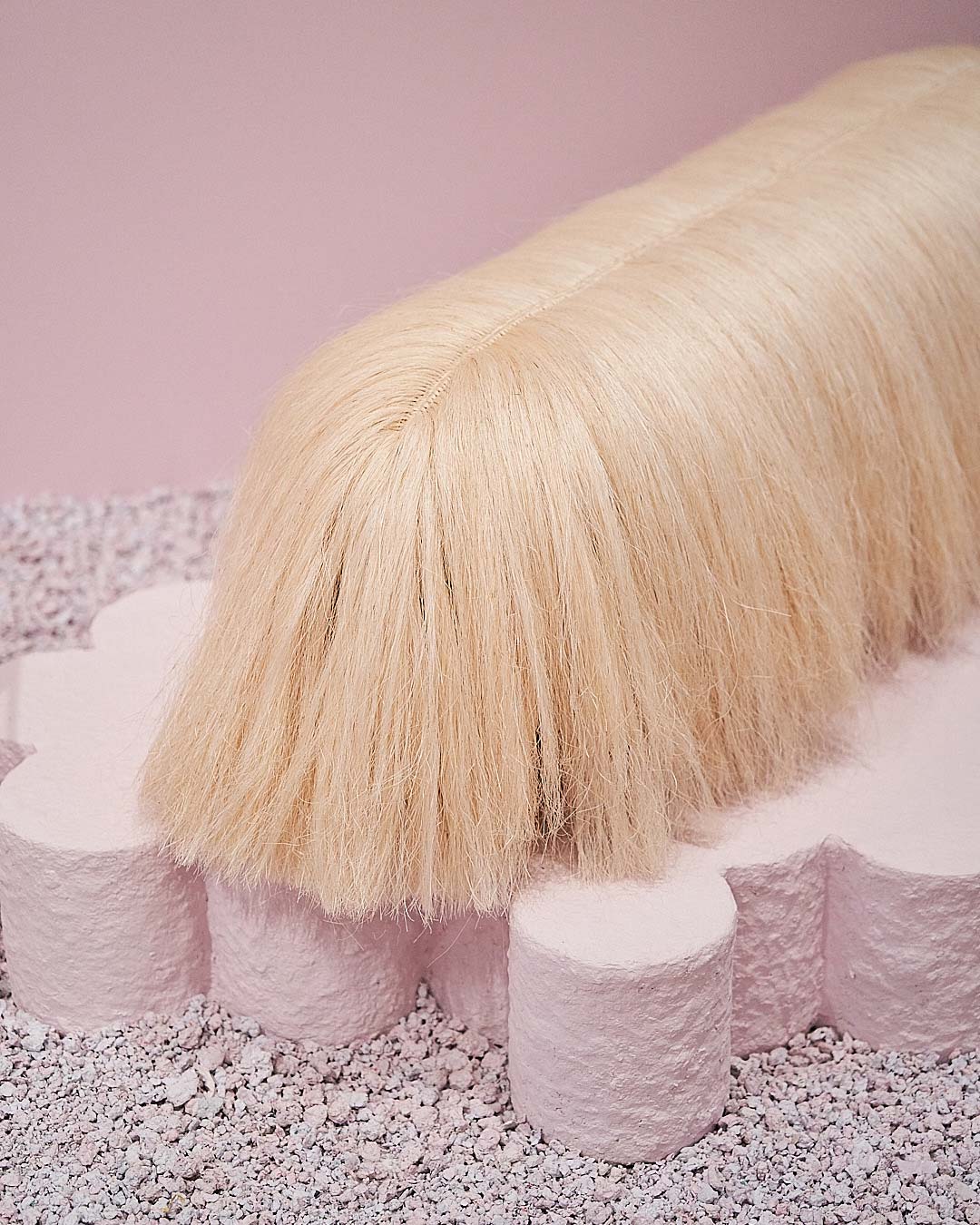
These bodies in power usually employ industrial technologies to beget desired results, resulting thus in the loss of traditional knowledge and archaic techniques. Stedelijk, with the intention of reviving these traditional practices that are also symbiotic with nature, selected around eighty projects by designers who work towards reclaiming original craft practices. “This exhibition intends to make design at the cutting edge of ecology and innovation widely accessible. By doing so, we want to look at how Stedelijk could support meaningful climate action, highlight the crucial role that design can play in our society and help towards making deep, transformative changes,” explains the director of Stedelijk, Rein Wolfs.
A few creations on display at the museum include design studio Bentu’s ceramic waste furniture, Tamara Orjola’s pine needle textiles, Seok-hyeon Yoon’s recyclable ceramics crafted using the traditional ottchil lacquer technique, Maartje Dros and Erik Klarenbeek’s micro-algae glass, and Basse Stittgen’s tableware. While these creations pose as new applications of age-old craft techniques, a few other initiatives at the showcase intrigue and push visitors to think differently.
The ‘It’s Our F***ing Backyard’ exhibition will remain on display from 26 May 2022 to 4 September 2022 at Stedelijk Museum Amsterdam in Amsterdam, Netherlands.






 Sign in with email
Sign in with email


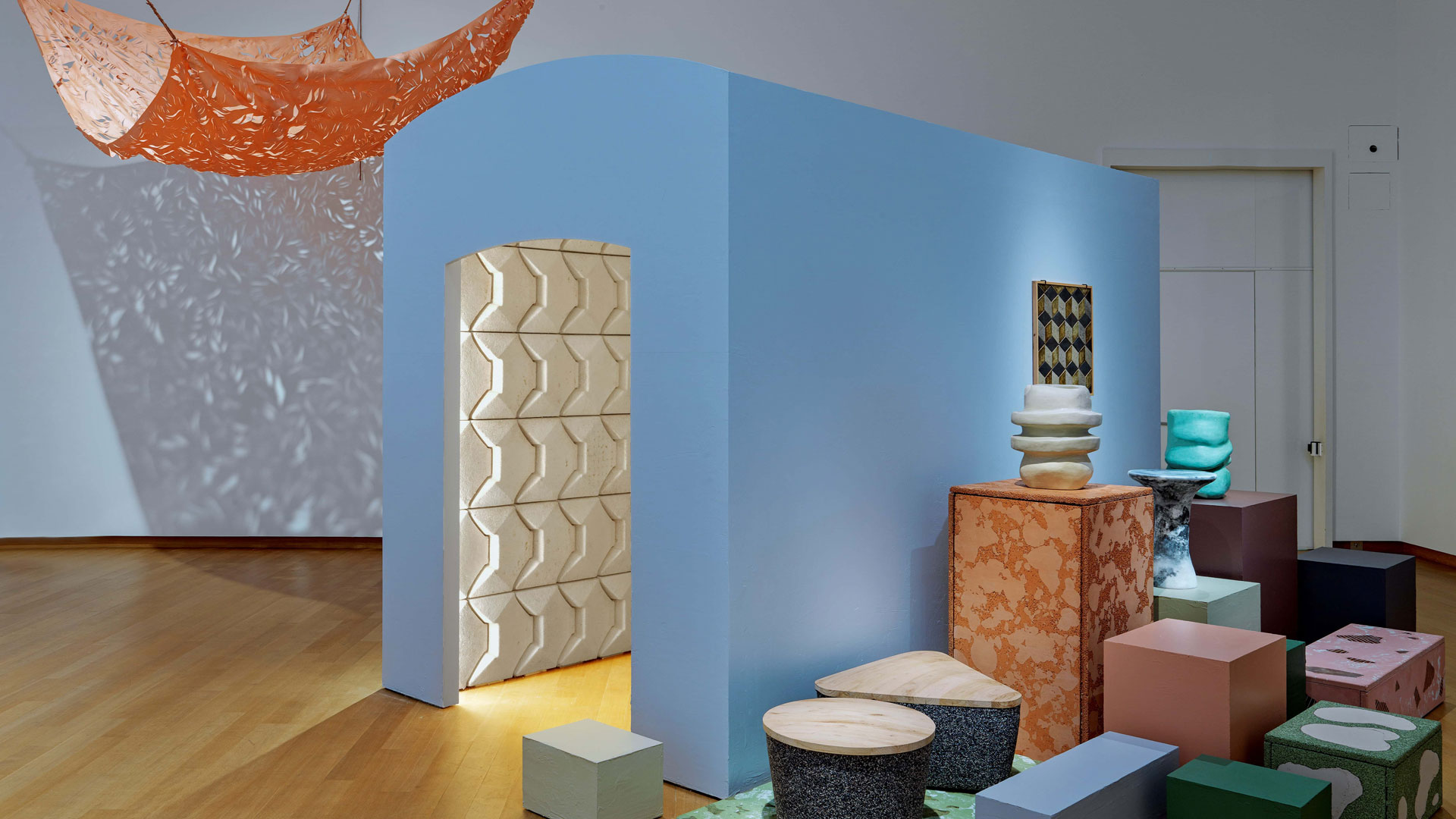
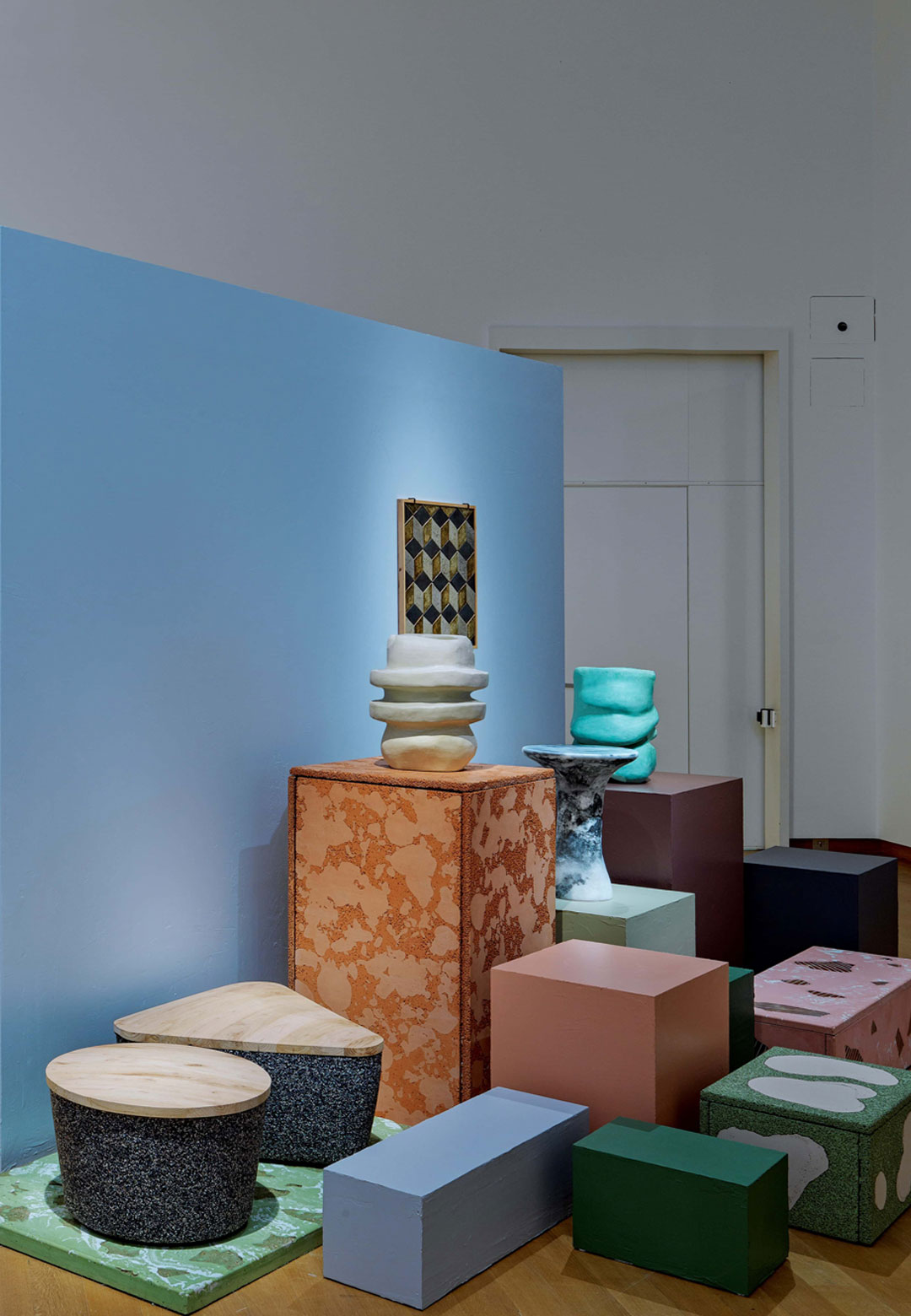
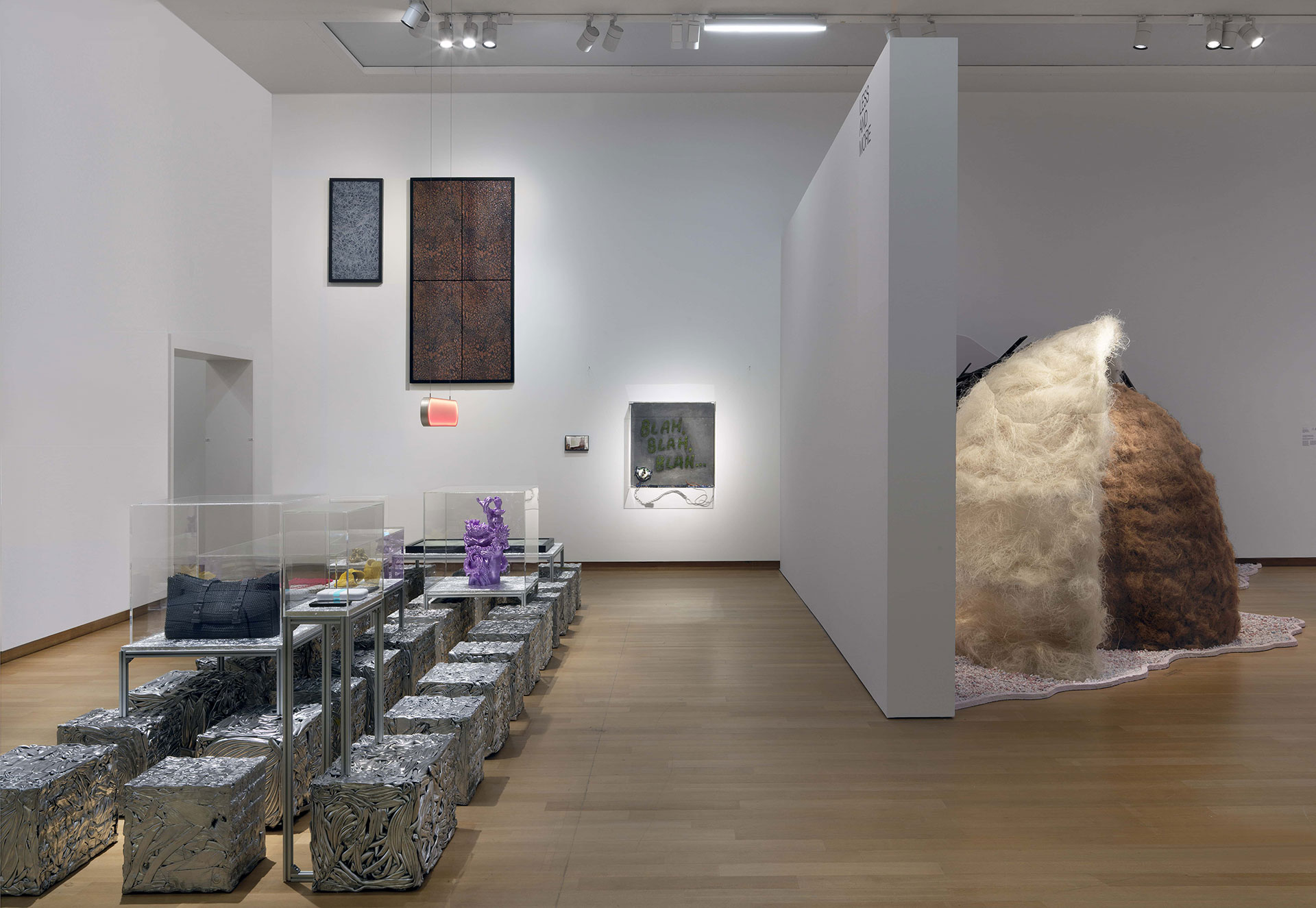
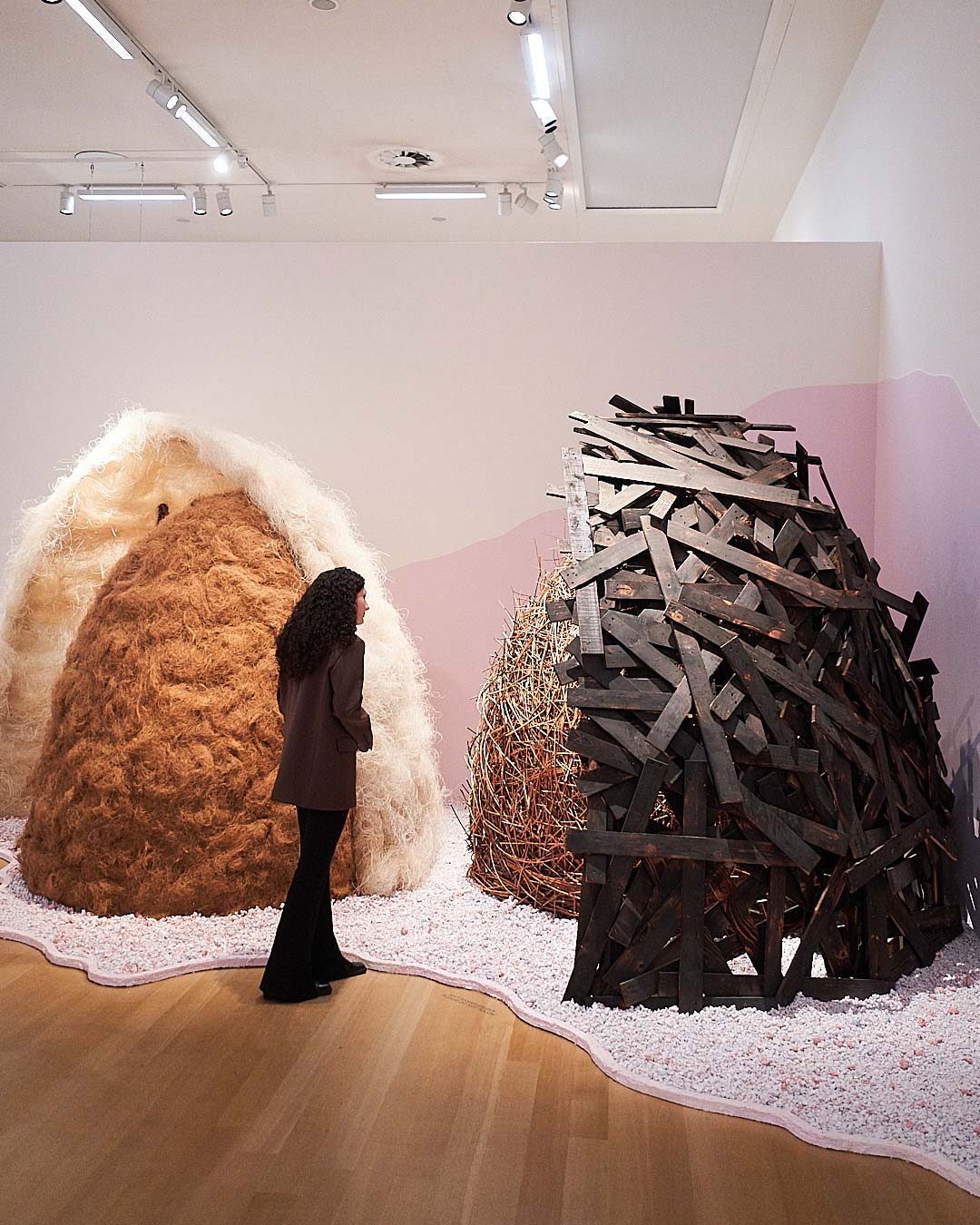






What do you think?